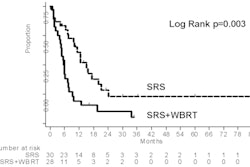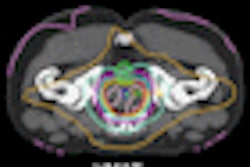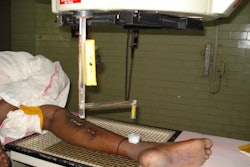The first formal revision of the Response Evaluation Criteria in Solid Tumors (RECIST) guidelines has been published in a special issue of the European Journal of Cancer (January 2009, Vol. 45:2, pp. 225-310). The RECIST guidelines, first published in 2000, are used by investigators in phase II and III clinical trials of anticancer drugs as a way of measuring tumor size and treatment response.
Known as RECIST 1.1, the revisions are expected to ease the workload of running clinical trials without compromising study outcomes. RECIST 1.1 describes a standard approach to solid tumor measurement and definitions for objectively assessing change in tumor size for use in adult clinical trials. Tumor shrinkage (objective response) and time to disease progression are important end points in trials, and increasingly, in recent years, trials have been using time to progression (or progression-free survival) as their main end point on which to base conclusions about drug efficacy.
Major changes include the following:
- The number of lesions required to assess tumor burden for response determination has been reduced from a maximum of 10 to a maximum of five. The number of lesions per organ has been reduced from five to two.
- Guidelines on assessment of pathological lymph node involvement are now incorporated. Nodes with a short axis of more than 15 mm are considered measurable and assessable as target lesions.
- Confirmation of response is required for trials with a response primary end point, but it is no longer required in randomized studies because the control arm will serve as an appropriate means of data interpretation.
- The definition of disease progression has been clarified and expanded.
- A section on detection of new lesions has been added, which includes the interpretation of FDG-PET scan assessment.
- A new imaging appendix has been created, with updated recommendations on the optimal anatomical assessment of lesions.
The goal of developing RECIST 1.1 was to improve the consistency and global standardization of trials, according to lead author Dr. Elizabeth Eisenhauer of the Clinical Trials Group of the National Cancer Institute of Canada, located in Kingston, Ontario. The 15 authors from five countries represent cancer research organizations, cancer treatment centers, and pharmaceutical companies.
Related Reading
Radiologists no match for nodule measurement software, August 31, 2007
Part I: Automated CT lung nodule assessment advances, April 17, 2006
Copyright © 2009 AuntMinnie.com



















